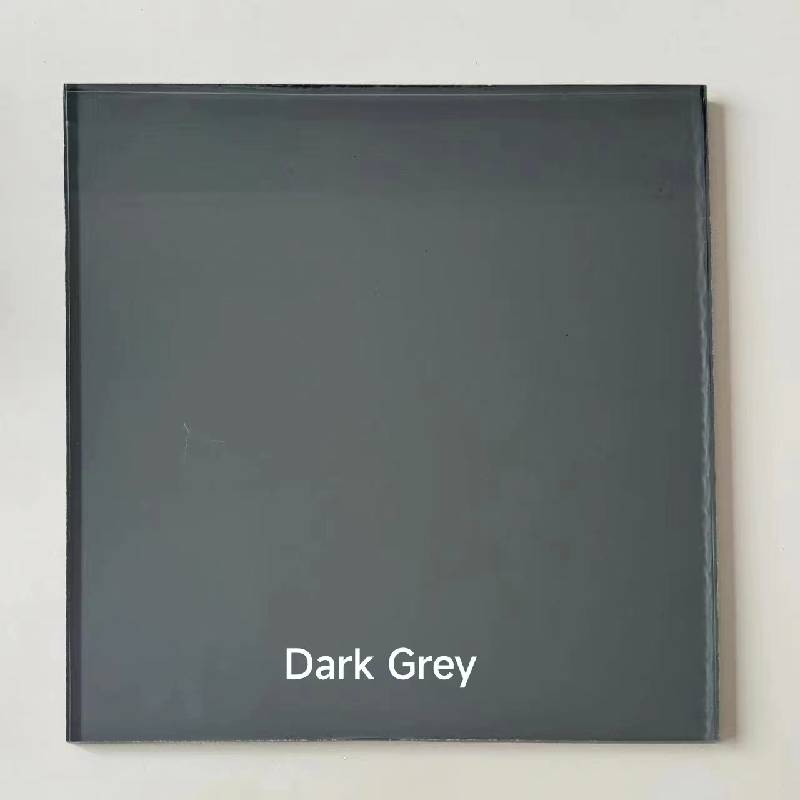

Understanding Slumping Float Glass An Innovative Approach in Glass Design
In the realm of glass manufacturing and design, the term slumping float glass refers to a fascinating process that combines creativity with engineering precision. This technique allows artists and manufacturers to transform flat sheets of float glass into three-dimensional forms, adding depth and character to glass products—whether they are functional or purely artistic.
What is Float Glass?
Before delving into the slumping process, it's essential to understand what float glass is. Float glass is produced by pouring molten glass onto a bed of molten tin. This method results in a smooth, flat surface and uniform thickness, making it ideal for various applications, from windows to mirrors and decorative items. Its clarity and optical properties position float glass as a preferred choice in both commercial and residential settings.
The Slumping Process A Brief Overview
Slumping is a technique employed to reshape existing glass into a new form. It involves heating a flat sheet of glass to a temperature that softens it without melting it completely. This temperature typically ranges between 1,200°F to 1,500°F (about 650°C to 800°C). Once the glass reaches this pliable state, it is placed over or into a mold. As it cools, the glass adopts the shape of the mold, creating a variety of forms, from simple bowls to complex sculptures.
The key to successful slumping lies in controlling several factors, including the temperature, time, and the type of mold used. This level of precision allows designers to achieve intricate shapes and stunning finishes, which can be further enhanced by incorporating patterns, colors, and textures before the slumping process begins.

Applications of Slumped Float Glass
The versatility of slumping float glass opens up a world of possibilities in design and functionality. In architecture, slumped glass can be used for energy-efficient windows, which offer aesthetic appeal while maintaining structural integrity. Artists use this technique to create unique installations and functional art pieces, such as custom tabletops, lighting fixtures, and decorative panels that enhance the ambiance of any space.
Additionally, the automotive industry has also embraced slumped float glass. Designers are leveraging this technique to create aerodynamic shapes that improve vehicle efficiency without compromising style. The automotive glass industry recognizes that slumping can lead to lighter frames and better fuel economy, a crucial factor in today’s environmentally conscious market.
Challenges and Considerations
While slumping float glass presents exciting opportunities, it is not without its challenges. The process requires expertise in kiln operation and a thorough understanding of glass behavior at various temperatures. Additionally, the risk of thermal shock—where rapid temperature changes can cause the glass to crack—must be managed carefully. Therefore, artisans and manufacturers must conduct rigorous testing and refine their techniques to ensure consistent results.
Conclusion
Slumping flo>>>at glass represents a remarkable fusion of art and science, allowing for the creation of stunning, functional pieces that enrich our environment. As technology advances and designers continue to push boundaries, the future of slumping float glass will undoubtedly hold even more exciting innovations and applications. Whether it’s enhancing architectural aesthetics or adding artistic flair to everyday objects, slumped glass showcases the limitless potential of creativity and craftsmanship in the contemporary glass industry.